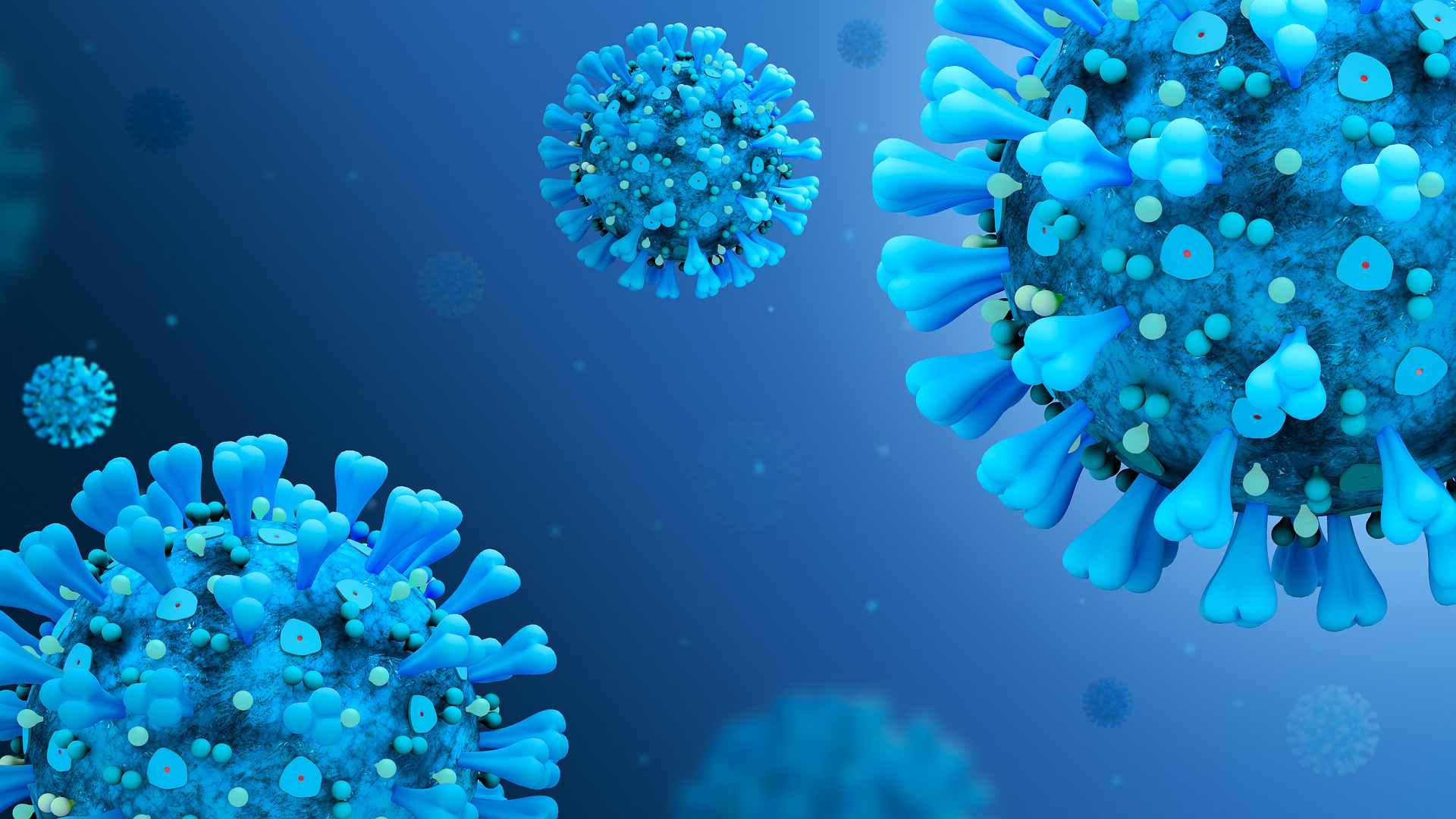As microbiologist Andreas Bergthaler reported on Twitter, a new SARS-CoV-2 recombinant has appeared in Austria. Samples have confirmed as yet undescribed recombination of BA.2 with the spike of BA.1.1. However, no striking property changes would be expected in this corona variant based on data to date. Therefore, the expert reassured there is no epidemiological or clinical cause for alarm.
“Coronaviruses not only change individual genetic letters but can also exchange larger genetic regions,” Bergthaler explained via tweet. The prerequisite for this, he said, is that two viruses infect a host simultaneously, and both enter the same cell. “Both together are unlikely – but possible with high infection numbers.” SARS-CoV-2 recombinants described in the United Kingdom, France, and Denmark includes Delta+BA.1 (“Deltacron,” XD) and BA.1+BA.2 (XE), and also Delta+BA.2 (XF).
The spike protein of BA.1.1
The Austrian recombinant is reported to be a combination of BA.2 with an almost complete spike of BA.1.1, and the two sequenced samples have an identical genome. Therefore, a possible link is suggested but not epidemiologically confirmed, they said.
Looking ahead to the fall, this example shows the possible erratic evolution of SARS-CoV-2, so there is also no certainty about future variants, Bergthaler emphasized. This makes monitoring Sars-CoV-2 variants in Austria, for example, more critical via wastewater analysis.
Incidentally, the so-called “delta crone” is also recombination. This term is somewhat imprecise since several different recombinations of the delta and the omicron variant are known. As mentioned by Bergthaler, viruses can only mix their genomes if a host is infected with two variants simultaneously. By the way, such mixing is also known to science from influenza viruses.
- source: kleinezeitung.at/picture: pixabay.com
This post has already been read 1510 times!



